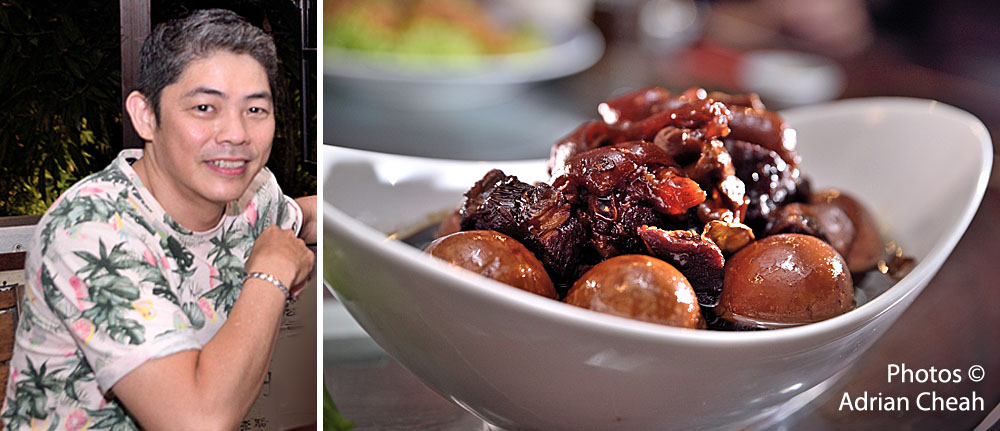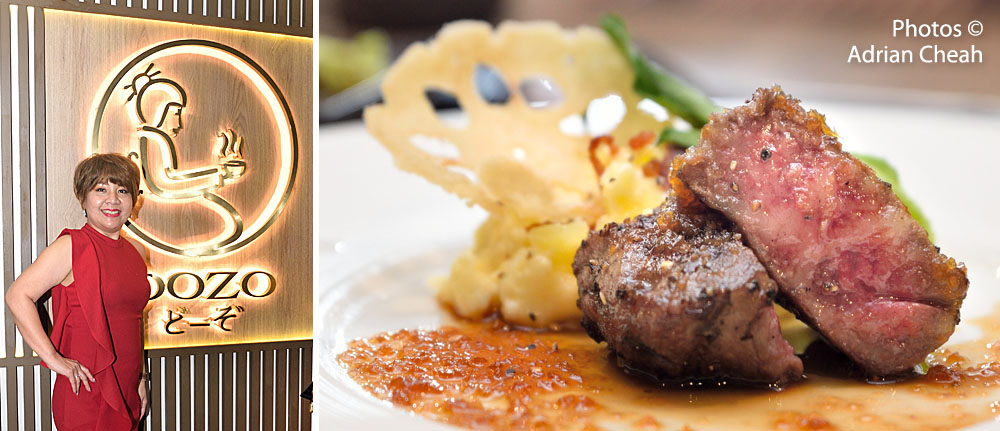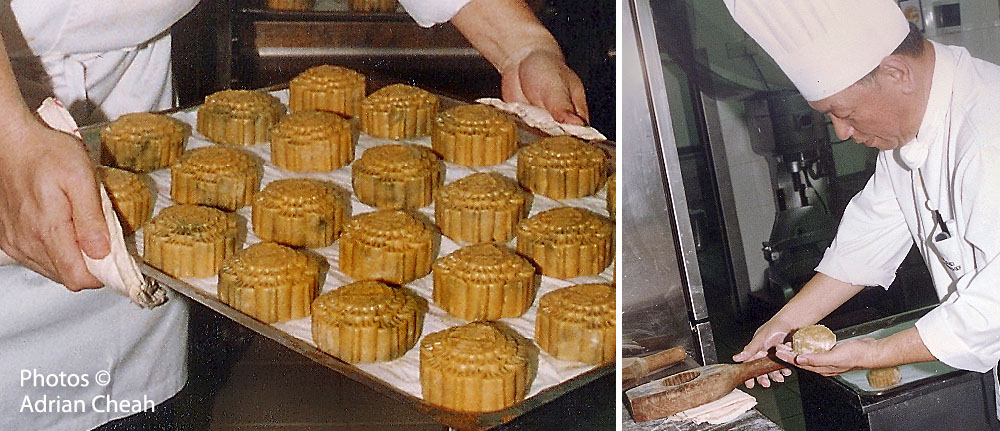An authentic Hakka luncheon in Balik Pulau
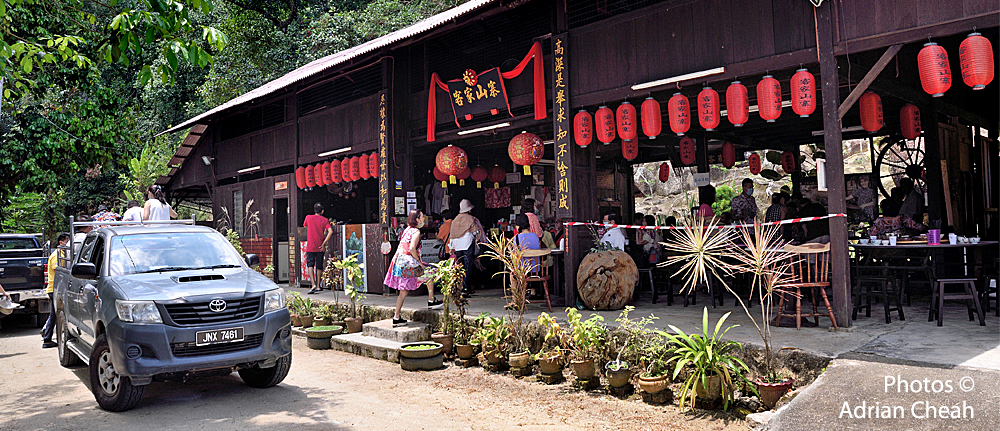
In Penang, where do you go for classic home-cooked Hakka favourites? To answer that, I ventured to the village of Balik Pulau, where about 30 percent of the Chinese are presumed to be Hakkas. Perched on a hillock in Pulau Betong is a restaurant located at Balik Pulau Lodge. Some recognise it as the "Hakka Village".
Continue Reading
Penang's sizzling century-old oh chien (oyster omelette) recipe

In Penang, "oh chien" (in Hokkien) means "fried oysters" but it commonly refers to the oyster omelette dish. There are many varieties available in Malaysia and even more so throughout Southeast Asia, China and Taiwan.
The main ingredients for Penang-style oh chien include a batter (tapioca flour, rice flour or a mixture of both), chopped chives, eggs, fresh oysters and a special blend of seasoning. The dish is usually stir-fried over high heat and served with a garlic chilli sauce on the side. Some stalls garnish their dish with coriander leaves, adding more aroma to the omelette.
Continue Reading
Dozo – Japanese avant-garde cuisine arrives at the isle of Penang

You can now add Dozo to your list of Japanases restaurants to dine in Penang. It opened its doors on 1 August 2020 serving fine Japanese cuisine with an avant-garde flair.
Continue Reading
The best laksa in Balik Pulau

Penang laksa is extremely popular, especially among locals for its wonderful balance of spicy, sweet and sour flavours. This is strictly a hawker treat, as one is unlikely to find great laksa in a fancy restaurant.
Continue Reading
Thai cuisine at Bukit Genting Hill Leisure Park and Restaurant

As long as the meal is not meant to take centre stage, I highly recommend a trip up to Bukit Genting. Here, one can enjoy al fresco dining with amazing views of the Straits of Malacca and the South Channel. Surrounded by forested hills, the breathtaking vistas of the rustic village of Balik Pulau below come complete with paddy fields. The view at sunset when the sun dips into the ocean is even more spectacular!
Continue Reading
3-course set lunch at Indigo restaurant at Cheong Fatt Tze Mansion

Located on the first floor of the Blue Mansion, Indigo restaurant is inspired by Cheong Fatt Tze himself, offering a fusion between East and West. My friend and I had the 3-course set meal priced at RM75++ per person, available only for lunch. We selected one dish for each course.
Continue Reading
Colourful onde onde ubi keledek recipe from Madam Lily Wong

Nyonya kuih are colourful Asian sweet cakes that are popularly served for breakfast and afternoon tea and as snacks anytime of the day. The selections are many and varied, available at morning markets and food courts throughout Penang. One such type is the explosively delicious onde onde.
Continue Reading
Savoury Or Kuih (steamed yam cake) recipe from Lily Wong

"Yam", as it is often known in Penang, actually refers to taro. While "yam" encompasses various plant species in the Dioscorea genus with edible tubers, Or Kuih specifically uses taro. For local authenticity, I'll stick with "yam". Or Kuih, a steamed yam cake, is a lovely local delicacy topped with aromatic shallot oil, fried dried shrimps, crispy shallots, spring onions and diced chillies. Traditionally served with chilli sauce or "tnee cniau" (sweet sauce) on the side, this dish embodies comfort food. A perfect slice of yam cake should be aromatic and tender, with yam chunks that melt in the mouth.
Continue Reading
Irama Dining, the rhythm of a fresh and modern dining experience
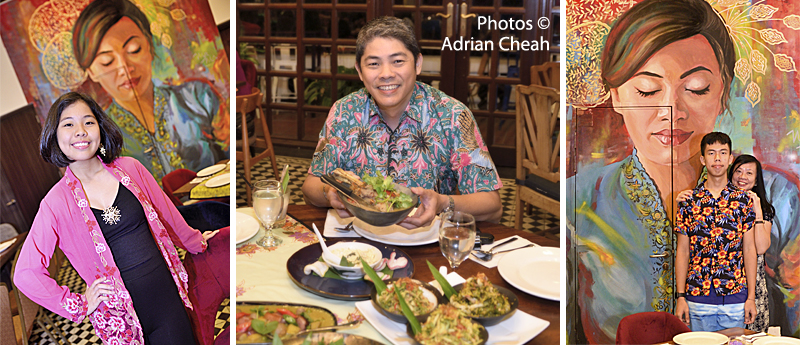
Penang is truly a food paradise. One can find almost everything under the sun here on this tropical island including good Malay food. Dining at Irama is a game-changer for me. The strong, aromatic and distinct Malay-style cooking is combined with the rich flavours of local herbs and spices. The food presentation is masterful and the dining room is tastefully elegant.
Continue Reading
A mini reunion at the Book Sandwich Café
“When it comes to crafting a dish, each mouthful is meant to be savoured, like how it is when one reads a book. There are many layers to be explored and with every bite, we hope to bring you a surprising burst of flavour.” – The Book Sandwich Cafe
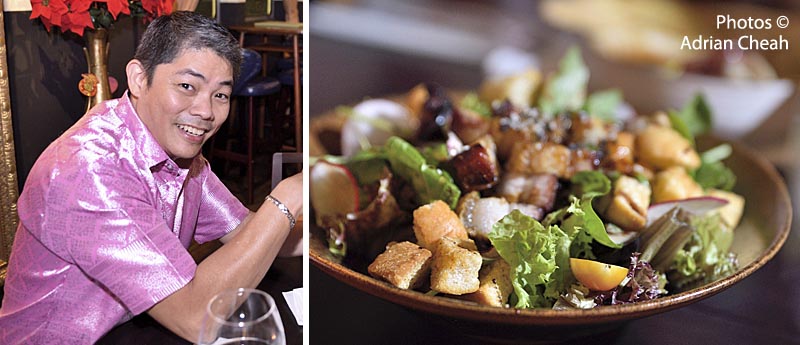
Continue Reading






